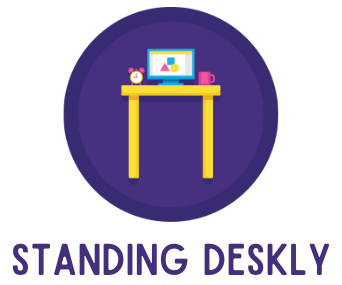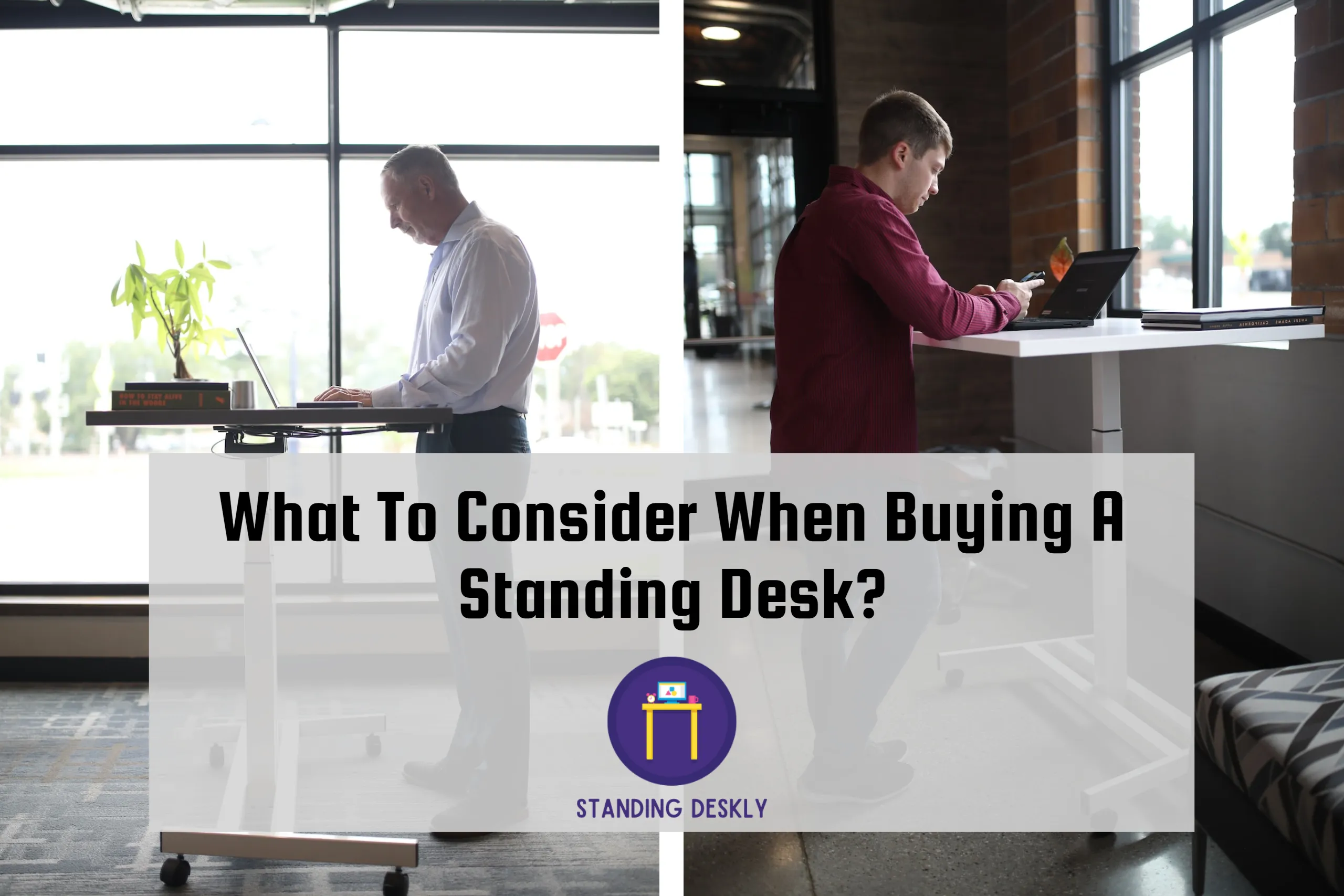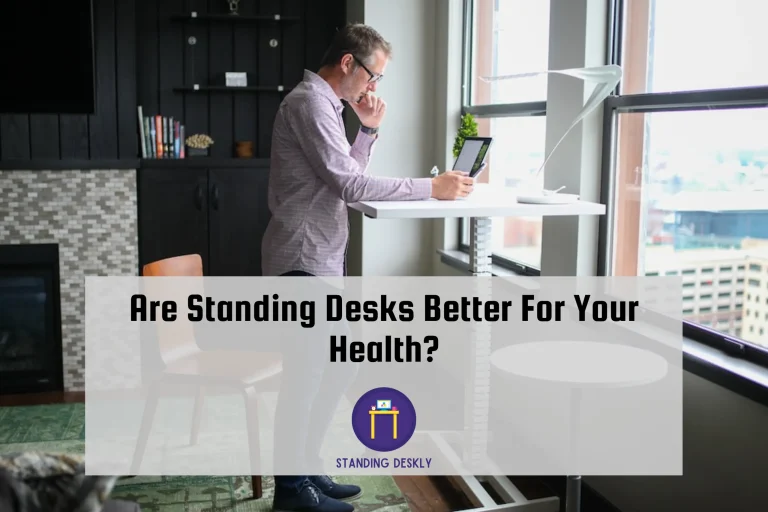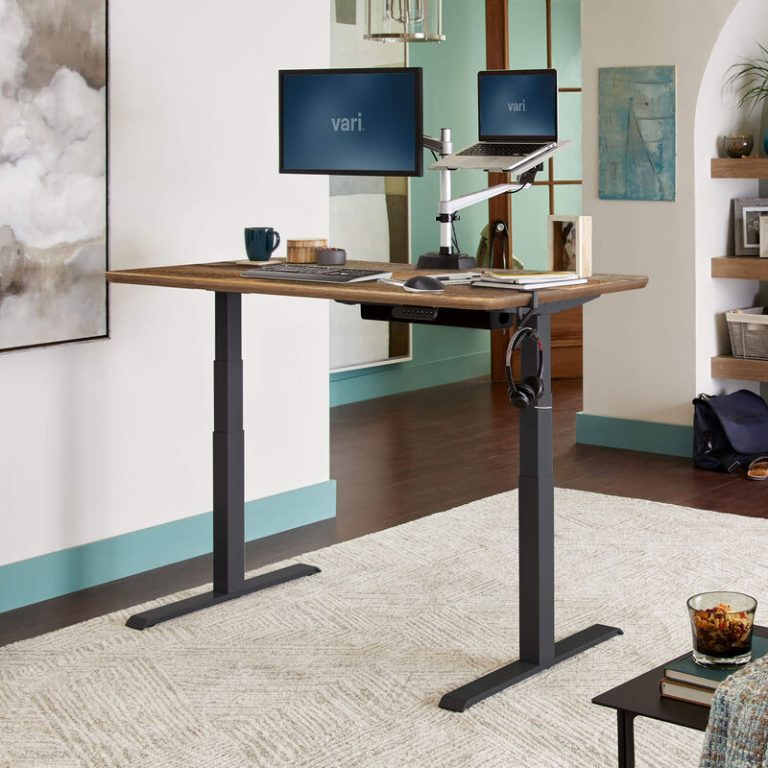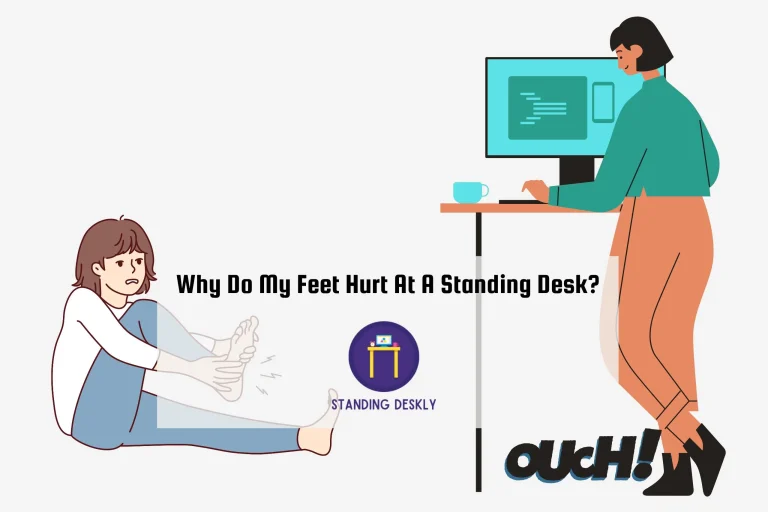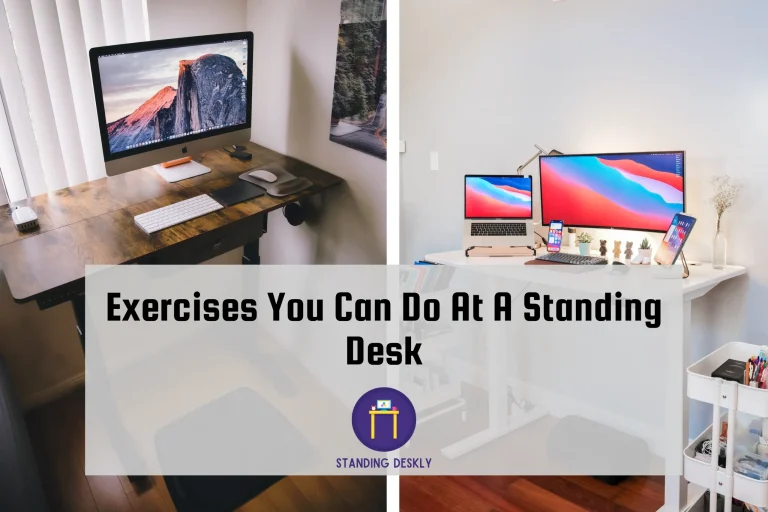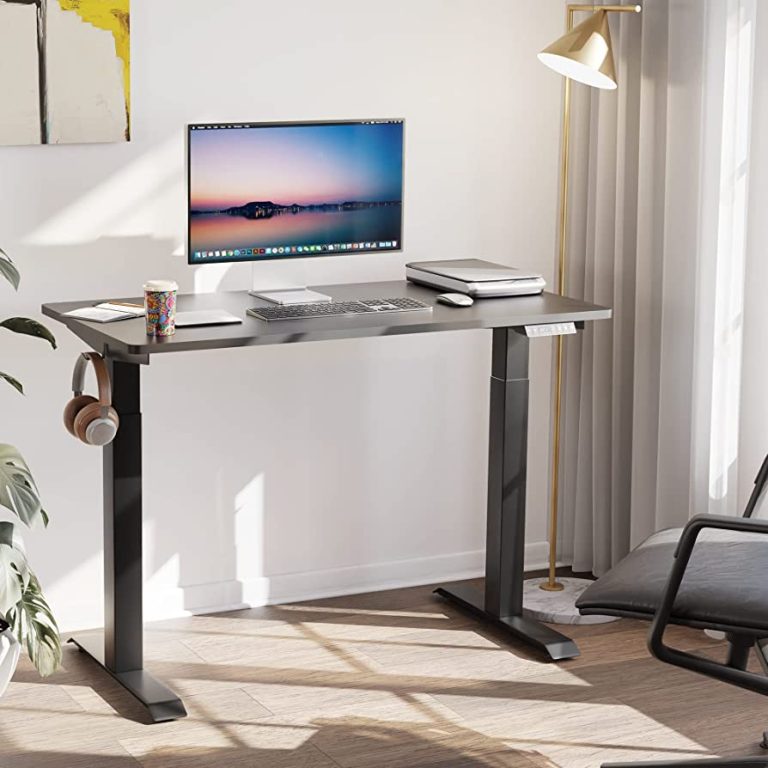What To Consider When Buying A Standing Desk?
In today’s world, many of us spend a lot of time sitting at our desks. Whether it’s for work or leisure activities, sitting can be detrimental to our health. This is where standing desks come into play – they allow us to stand and work or play, thus reducing the amount of time we spend sitting. However, choosing the right standing desk can be overwhelming as there are a plethora of options available in the market.
Let’s examine the key factors to consider when purchasing a standing desk for the sake of your health and comfort at work.
Size of tabletop
When selecting a standing desk, the size of your tabletop is a crucial factor to consider. It’s essential to assess the space you have available and ensure the tabletop fits into your workstation. A good rule of thumb is to choose a tabletop that is at least one inch taller than your height in inches. Additionally, consider the width of the desk, as the standard size ranges from 48 to 60 inches. Don’t forget to take into account your daily tools and equipment to ensure that you select a tabletop that can accommodate them. Always keep in mind that the size of the tabletop can play a significant role in your comfort and productivity. Once you’ve identified the right size, you can move on to other essential factors such as adjustability range, ergonomics, monitor placement, and budget. By doing the research and considering all relevant factors, you can make an informed decision and select the perfect standing desk to meet your needs.
Adjustability range
When purchasing a standing desk, it’s essential to take into account the range of adjustability. As mentioned earlier, each desk has its own unique range, so make sure to choose one that accommodates your height and needs. The optimal range suggested by BIFMA is 22.6″ to 48.7″, but this ultimately depends on the individual using the desk. Additionally, it’s important to factor in the weight capacity of the motor, especially if you’re used to having a lot of things on your desk. If you’re looking for precision and stability, an electric sit-stand desk may be the best option for you. Some models also offer height memory, allowing you to easily switch between different settings throughout the day. Ultimately, a standing desk with a suitable adjustability range can have a significant impact on your productivity, comfort, and overall health.
Height considerations
Height considerations are crucial when buying a standing desk as they ensure proper posture and ergonomic comfort. As we discussed previously, the desk should adjust to at least as low as your sitting elbow height and at least as high as your standing elbow height. BIFMA suggests an optimal height range from 22.6″ to 48.7″, but this may vary depending on your individual needs. For those who are over 6’3″ tall, it’s crucial to choose a desk or riser that is tall enough for comfortable typing in an L-shape. Additionally, shorter individuals may also have specific height requirements to maintain the right posture. Finding the right height for your desk may take some research, but it can have a significant impact on your overall health and productivity. When choosing a standing desk, make sure to take into account your height, along with other factors we’ve discussed such as space, adjustability, and budget, to find the desk that suits your needs best.
Ergonomics
For optimal ergonomics, a standing desk is a great solution to help alleviate back pain, neck strain, and wrist discomfort. But to ensure maximum benefits, you need to pay attention to several factors. First, consider the position of your keyboard, mouse, and monitor. The ideal setup should allow you to keep your arms and wrists parallel to the floor, your neck straight, and your eyes level with the top third of the screen. This means you might need an adjustable keyboard tray, a monitor arm that tilts and swivels, or a footrest to reduce pressure on your lower back. Second, think about the flooring under your desk. A hard surface like concrete or tile can cause foot fatigue and joint pain. A cushioned mat or a pair of supportive shoes can help you stay comfortable all day. Lastly, don’t forget to take regular breaks to stretch, move around, and avoid prolonged standing. By balancing proper posture, equipment, and movement, you can ensure that your standing desk enhances your health and wellbeing instead of causing new problems.
Monitor placement
If you’re using a standing desk, it’s important to consider the placement of your monitor carefully. As mentioned earlier, the top of your screen should be at eye level, which means the height of your desk should be adjustable to accommodate this. Additionally, the distance between you and your monitor is crucial for optimal visual comfort. If the desk is too shallow or narrow, you may find yourself having to lean in closer to the screen, which can put a strain on your neck and shoulders. To avoid this, it’s important to choose a desk with enough depth and width to comfortably accommodate your monitor and other work essentials. Consider adding a monitor arm to your setup, as this can help you find the perfect viewing angle and save desk space for other items. By paying attention to your monitor placement, you can keep your eyes and neck healthy while enjoying the benefits of standing while you work.
Budget
When considering a standing desk, budget is an important factor to keep in mind. While it may be tempting to go for the cheapest option available, it’s important to find a balance between price and quality. Make sure to compare the prices of different models and their features to ensure you’re getting the best value for your money. Also, think about the long-term advantages of buying a high-quality standing desk. Its health benefits alone can prevent future medical expenses, saving you money. Remember that just because a desk is inexpensive, it doesn’t necessarily mean it’s the best option for you. Finding a desk that meets your needs and budget is key to ensuring you have a comfortable, productive work environment.
Space requirements
When choosing a standing desk, you must take into consideration the space you have available. This includes the footprint of the desk as well as the width and depth of the work surface. The size of your workspace will also determine if you should opt for a freestanding or desktop model. Additionally, it is important to consider what items you typically keep on your desk as well as any storage needs. All of these factors can impact your productivity and workflow. To find the right standing desk for your space and needs, remember to consider important factors like ergonomics, adjustability, and budget. Do your research and compare options to ensure you make the best choice for your work environment.
Height requirements for shorter individuals
If you are on the shorter side, it is important to find a standing desk that caters to your height requirements. Most desk products are set to a minimum height of 28 or 30 inches, which may not be low enough for shorter individuals. For good posture, your desk should be at or slightly below elbow height, which is about 42 inches for most people. However, for someone who is shorter, this may put their arms in an uncomfortable position. As a result, you will need a desk that can be adjusted to a lower height, such as 26 inches, to provide comfortability and relief. When shopping for a standing desk, make sure it is adjustable to your height specifications for the best possible experience.
Height requirements for taller individuals
For taller individuals, finding the right standing desk height can be a bit of a challenge. While the recommended height is generally at or slightly below elbow level, this may not be ideal for individuals who are above average height. Fortunately, there are standing desks available with adjustable height ranges that can accommodate taller individuals. When shopping for a standing desk, look for options that offer a higher range of adjustability. This will allow you to find the perfect height that is comfortable and ergonomic for your body. It’s also important to consider monitor placement and space requirements, as taller individuals may require additional space for comfortable work. To obtain the perfect standing desk for your needs, remember that research and comparison shopping are essential components of the process. Considering factors such as size, adjustability, ergonomics, and cost ensures that you find the ideal setup for your body and work style.
Efficiency and productivity.
The most important factors to consider when choosing a standing desk for your workplace are efficiency and productivity. You want a desk that’s going to allow you to work comfortably and without interruption so that you can focus on the task at hand. Look for a desk with a height-adjustable range that suits your needs and allows you to shift between sitting and standing positions throughout the day. Consider your physical needs and ergonomic preferences, making sure that the desk is tailored to your body size and shape. Ensure your monitor is at the ideal height and distance for optimal viewing. Also, make sure you have enough space and budget for your ideal workstation. For shorter or taller individuals, height requirements will need to be met.
Conclusion: Research and Compare
When thinking about getting a standing desk, it’s important to consider key factors like tabletop size, adjustable range, and ergonomic design. Monitor placement, budget, and space requirements should also be considered, as should height requirements for both shorter and taller individuals. Additionally, efficiency and productivity are important factors to consider. Once you have determined your specific needs, it’s crucial to research and compare different options to find the best fit for you. Take the time to read reviews, compare prices, and test out different models if possible. By doing so, you can ensure that you invest in a standing desk that will improve your health, posture, and overall productivity.

I’m the author and developer of Standingdeskly, the go-to site for standing desk enthusiasts. I provide comprehensive reviews of standing desks along with office setup tips. Combining years of research and personal experience, our goal is to make it easy for you to find the perfect standing desk tailored to your needs.
